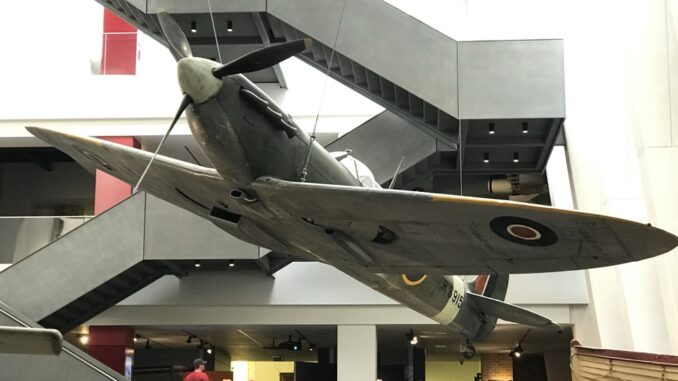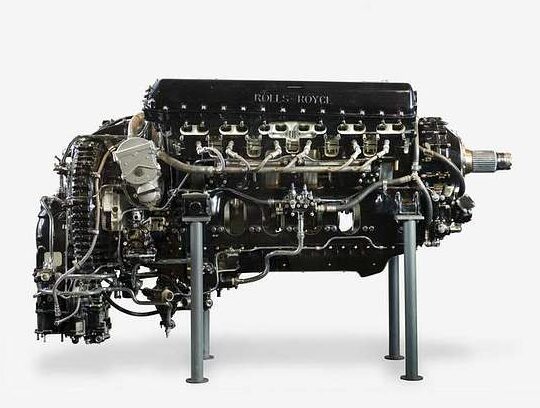
For men of a certain age (a demographic that to which I very squarely belong), those brought up with war comics, Airfix models and the black and white British war movies that always seemed to be on BBC2 on Saturday afternoons, the sound of a Spitfire flying overhead can turn us back into 12 year old boys.
It is utterly distinctive, a baritone roar with top notes from the revolving propellors. Hear it, and your eyes instinctively look skywards, hoping to see that familiar, elegant, beautiful, elliptical wing shape cutting through the air.
For more of this sort of stuff, follow StuffAboutLondon on social media. For details click here
Sign up here for my monthly newsletter, or follow me on Instagram, or the StuffAboutLondon Facebook page.
And the thing that powered the Spitfire through the war was the Rolls Royce Merlin, a 27 litre, V12 that one could justifiably claim was the most important engine of the whole second world war.
Because it wasn’t ‘just’ the Spitfire that used the Merlin, the other single-seat fighter of the Battle of Britain, the Hurricane, was propelled by it too. Four of them powered the Lancaster and Halifax bombers, and the wonderful Mosquito also had a couple, and they also went into the American P51 Mustang. In all some 150,000 Merlins were made (going through 50 versions), with Packard making another 55,000 in the US.
On display at the IWM in London is a ‘Merlin 25’ variant, made at the Ford factory in Trafford Park near Manchester. This is the version that went into the Mosquito and was capable of generating 1,600hp at takeoff, and allowing the plane to achieve a top speed of over 600kph (+375mph).
If you know about engines, you will want to go and admire it. If you’re as ignorant of them as I am, you will perhaps not view it as an immaculate bit of engineering, but as a work of art, a thrilling sculptural work that is as beautiful as it was powerful.


